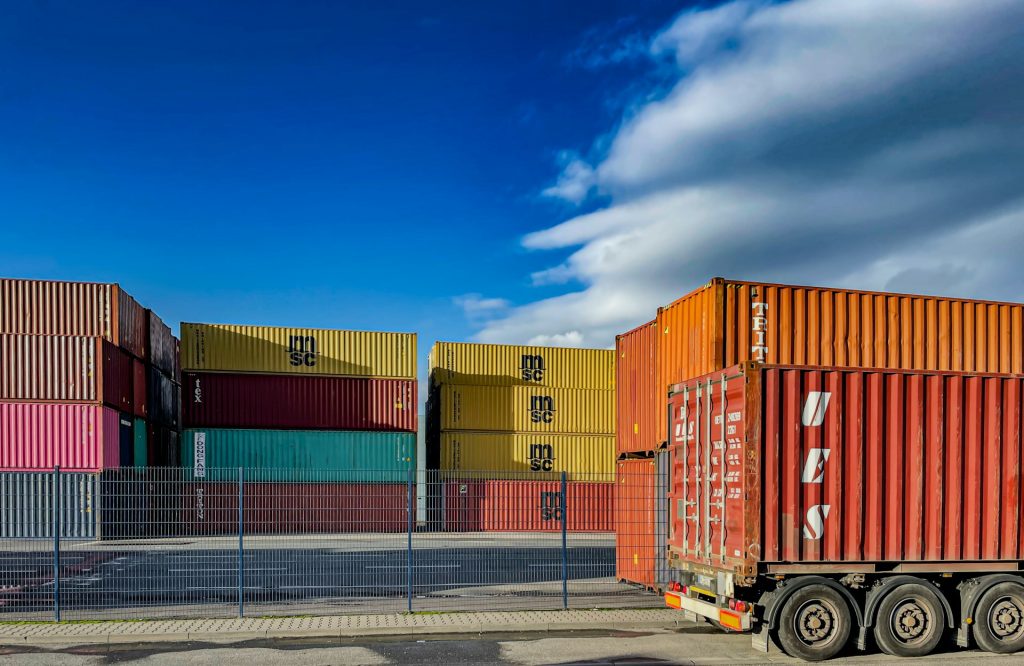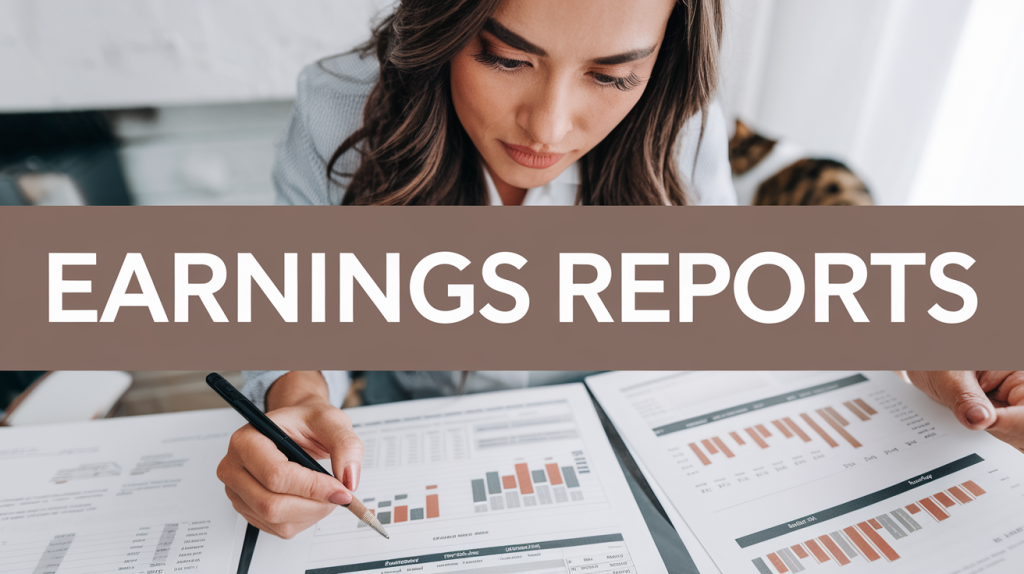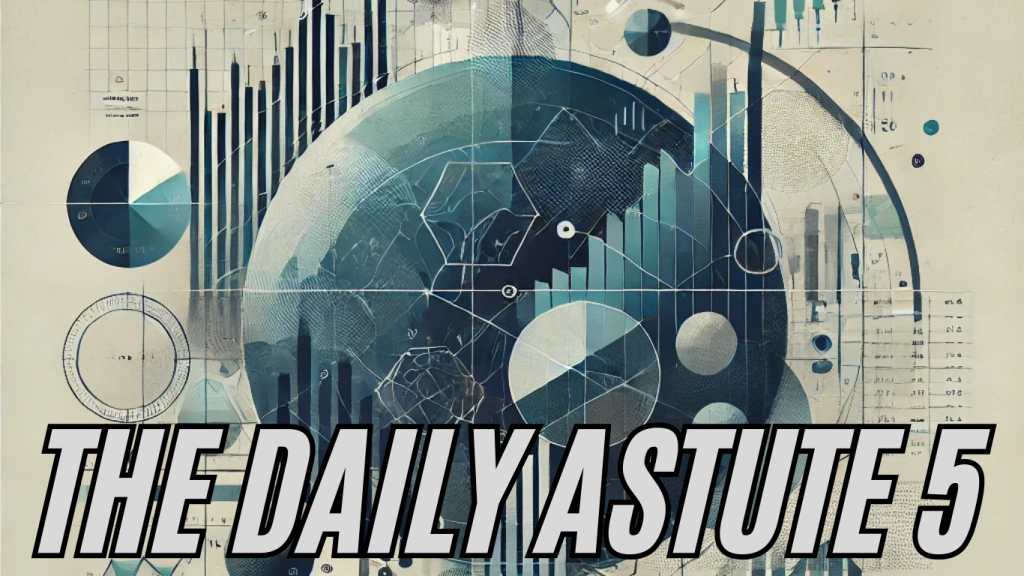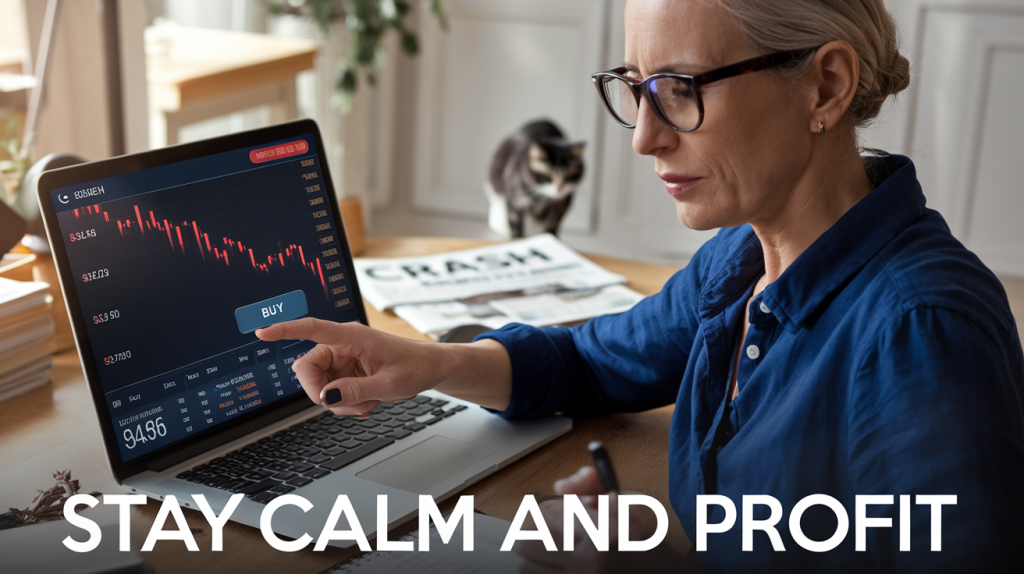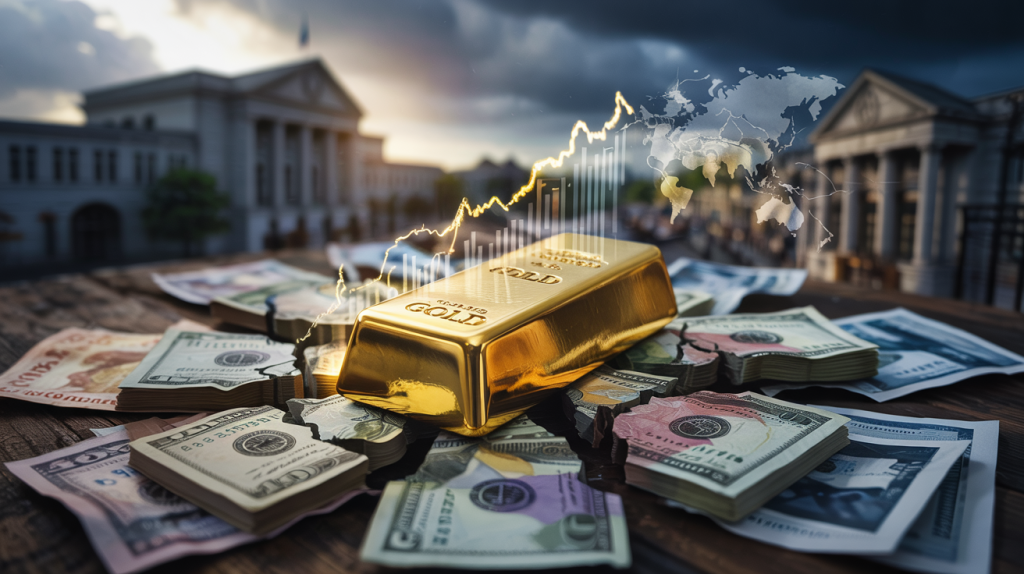
Why Gold Is Quietly Leading Smart Capital
Amid the noise of record-breaking stock markets and upbeat economic headlines, gold is moving steadily quietly higher, but with unmistakable intent. And the smartest investors are paying attention. In a world where tariffs are rising, global alliances are fraying, and fiat currencies are being tested by fiscal excess and creeping mistrust, gold is emerging not just as a defensive asset, but as a vote of no confidence in the system.
This isn’t panic. It’s strategy. The case to invest in gold in 2025 isn’t built on fear. It’s grounded in the hard math of declining trust, fractured monetary regimes, and a shift toward multipolar finance. Gold doesn’t need an economic catastrophe to rise. It only needs uncertainty, and we have plenty of that.
Why Investors Turn to Gold When the System Feels Fragile
Throughout history, when paper-based monetary systems collapsed or confidence in fiat currencies faltered, gold re-emerged as the stabilizer. It’s not a theory, it’s a well-documented pattern. In the early 1920s, Germany’s Weimar Republic saw hyperinflation annihilate its currency. People turned to gold, foreign currency, and barter to survive. In the post-WWII era, the world rebuilt trust by pegging its currencies to gold through the Bretton Woods system.
More recently, Argentina and Zimbabwe faced currency meltdowns that forced their citizens to operate in dollars, gold, or even informal barter economies. In 1971, the U.S. itself broke its promise to convert dollars into gold, unleashing a decade of inflation and soaring gold prices. These examples aren’t carbon copies, but they rhyme. Each time the belief in the system cracks, capital flows toward assets that don’t rely on anyone’s promises. Gold is that asset.
Gold isn’t just a metal. It’s a mirror. When trust fades, in governments, in central banks, in policy frameworks, gold responds. It doesn’t have earnings, management, or a quarterly report. But that’s the point. Its value lies in what it avoids: leverage, counterparty risk, and manipulation.
Fiat currencies function only as long as people believe in them. When that belief wavers, capital migrates to hard assets. And gold, with five millennia of trust behind it, leads the migration.
Tariffs, Currency Risk, and the Unintended Consequences of Protectionism
Tariffs don’t just hit the trade balance, they fracture the rules of globalization. Trump’s latest proposals-a universal 10% tariff and a punitive 60% tariff on Chinese goods signal a structural shift. We are entering an era of politicized trade, fractured supply chains, and deliberate decoupling.
The economic consequences go beyond inflation. Protectionism introduces unpredictability into everything from input costs to capital flows. Global investors and trade partners begin to wonder whether the U.S. can still be relied upon as the backbone of the financial system. When that trust begins to erode, capital looks for neutral ground.
Gold offers that neutrality. It’s not just a hedge against inflation, it’s a hedge against erratic policymaking.
Central Banks Are Buying Gold (And Not Just a Little)
While retail investors argue over CPI prints and interest rate projections, central banks are sending a different message. In 2023 alone, they bought 1,037 metric tons of gold, just below the record 1,082 tons added in 2022. This level of buying hasn’t been seen since the gold standard era.
What’s driving it? Not inflation. Not performance-chasing. But insulation. From dollar risk, sanctions, reserve freezes, and the politicization of finance.
Here are some standouts:
- China: Added 225 metric tons in 2023, bringing total gold reserves to 2,235 metric tons. That’s just 4% of China’s total reserves, suggesting further room to grow.
- Poland: Bought 130 metric tons, a 57% increase, as it shores up credibility in an uncertain Europe.
- India: Acquired 73 metric tons in 2024, more than four times what it bought in 2023, bringing its total to over 875 metric tons.
- Others: Kazakhstan, Uzbekistan, and the Czech Republic are also loading up.
This isn’t diversification. It’s a repositioning. These countries are preparing for a world where gold regains its monetary relevance.
Sources:
How to Invest in Gold: Strategies for Modern Portfolios
There’s no single way to invest in gold. Each method offers different benefits and trade-offs. Here’s how to think about it:
- Physical Gold: Coins and bullion offer true ownership. Great for sovereignty, but you need secure storage and insurance. For long-term holders, it’s hard to beat.
- Gold ETFs: Highly liquid, easy to access. GLD, IAU, and my personal favorite, GLDM (SPDR Gold MiniShares), are top options. GLDM is particularly attractive for its low cost and efficient tracking.
- Gold Mining Stocks: Offer leverage to gold’s price but also company risk. Barrick Gold (GOLD), Newmont (NEM), Agnico Eagle (AEM), and Franco-Nevada (FNV) are popular among institutional allocators.
- Digital Gold & Bitcoin: Not the same, but often play similar roles in macro hedging. Bitcoin’s scarcity and decentralization have made it the digital alternative to gold for a new generation.
You can mix these vehicles. Each fills a different role in the portfolio, from liquidity to long-term security.
Why Gold Still Matters in 2025 and Beyond
The modern financial system is held together by narratives: central banks are in control, deficits don’t matter, and fiat currencies are sacrosanct. But as that story wears thin, gold’s appeal rises, not because it promises yield, but because it doesn’t make any promises at all.
Gold is:
- Liquid across every continent
- Free from counterparty risk
- Uncorrelated to equities and bonds
It has preserved purchasing power across empires, monetary resets, and credit collapses. It doesn’t require anyone’s signature or approval. It just sits in the corner, quietly telling the truth.
In a world where every other asset feels expensive or politically entangled, gold is the independent variable.
Conclusion: Gold Doesn’t Blink
You don’t have to go all-in on gold. A small allocation can carry enormous weight. Because what you’re really buying isn’t a metal, it’s optionality. It’s peace of mind.
The big players: central banks, sovereign funds, macro hedge funds are already positioning. Not to time the next inflation spike. But to own the one thing that doesn’t blink when systems come under strain.
Gold is rising not in defiance of the financial system, but because the system itself is wobbling. And in a world built on paper promises, holding something real is the smartest move you can make.

Shailesh Kumar, MBA is the founder of Astute Investor’s Calculus, where he shares high-conviction small-cap value ideas, stock reports, and investing strategies.
His work has been featured in the New York Times and profiled on Wikipedia. He previously ran Value Stock Guide, one of the earliest value investing platforms online.
Subscribe to the Inner Circle to access premium stock reports and strategy insights.
Featured in:



